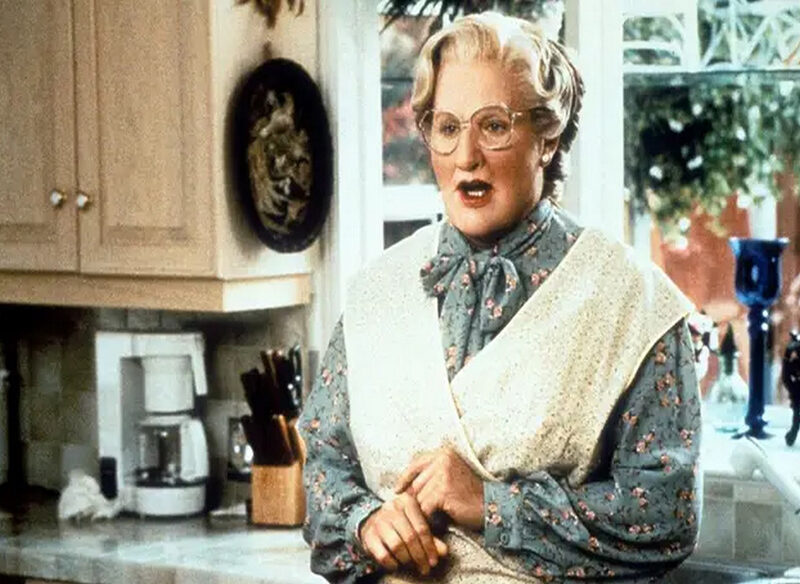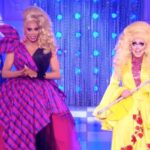Drag is more than just a performance; it’s an art form, a political statement, and a form of entertainment deeply rooted in community. Here’s a comprehensive look at what drag is, its origins, and its evolving role in society.

Defining Drag
At its core, drag involves accentuating both feminine and masculine traits to challenge and celebrate gender expressions. However, it’s essential to distinguish drag from cross-dressing, as the former encompasses a performative aspect and fosters a sense of collective belonging, unlike the latter, which tends to be more individualistic.
The Evolution of Drag
Historically, drag has its roots in theater, dating back to Ancient Greece and Shakespearean times when men portrayed female characters on stage due to societal restrictions. However, contemporary drag, as we understand it today, emerged during the late 19th century, particularly during the Harlem Renaissance in the United States, where it served as a form of sociopolitical commentary and community-building.
Diversity in Drag
Contrary to common misconceptions, drag is not exclusive to cis gay men. Anyone can participate in drag, regardless of gender identity. Drag queens and drag kings represent individuals exploring facets of femininity, masculinity, or androgyny. Moreover, drag’s significance varies across different regions, from entertainment-focused scenes to politically charged environments.
Drag and Politics
Throughout history, drag has been intertwined with politics, challenging societal norms and advocating for LGBTQ+ rights. However, despite its cultural significance, drag faces ongoing stigmatization and legislative threats, reflected in recent attempts to suppress drag performances and events. Despite these challenges, drag remains a powerful tool for activism and self-expression.
The Future of Drag
Despite the obstacles, drag continues to thrive, propelled by grassroots movements and increased accessibility through digital platforms. To ensure its continued growth and protection, support from policymakers and a broader cultural shift toward acceptance and understanding are essential. Ultimately, the resilience of drag lies in its ability to defy conventions, celebrate diversity, and inspire change.
In the face of adversity, drag perseveres as a beacon of creativity, resilience, and empowerment, offering a platform for marginalized voices and paving the way for a more inclusive and equitable society.











Comments